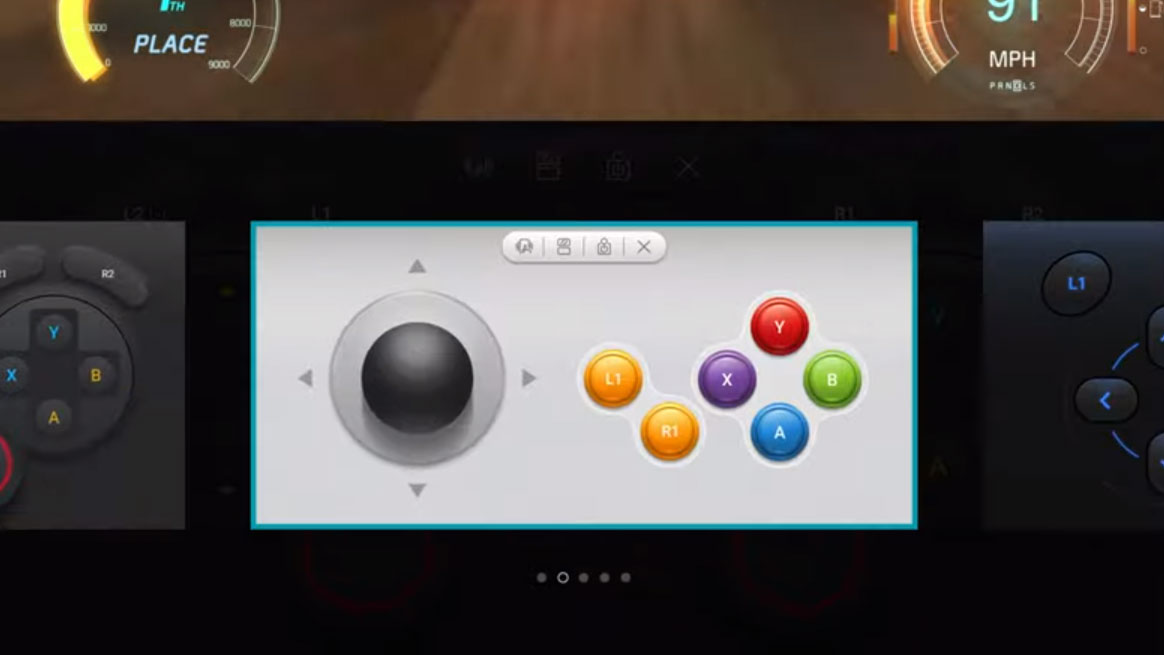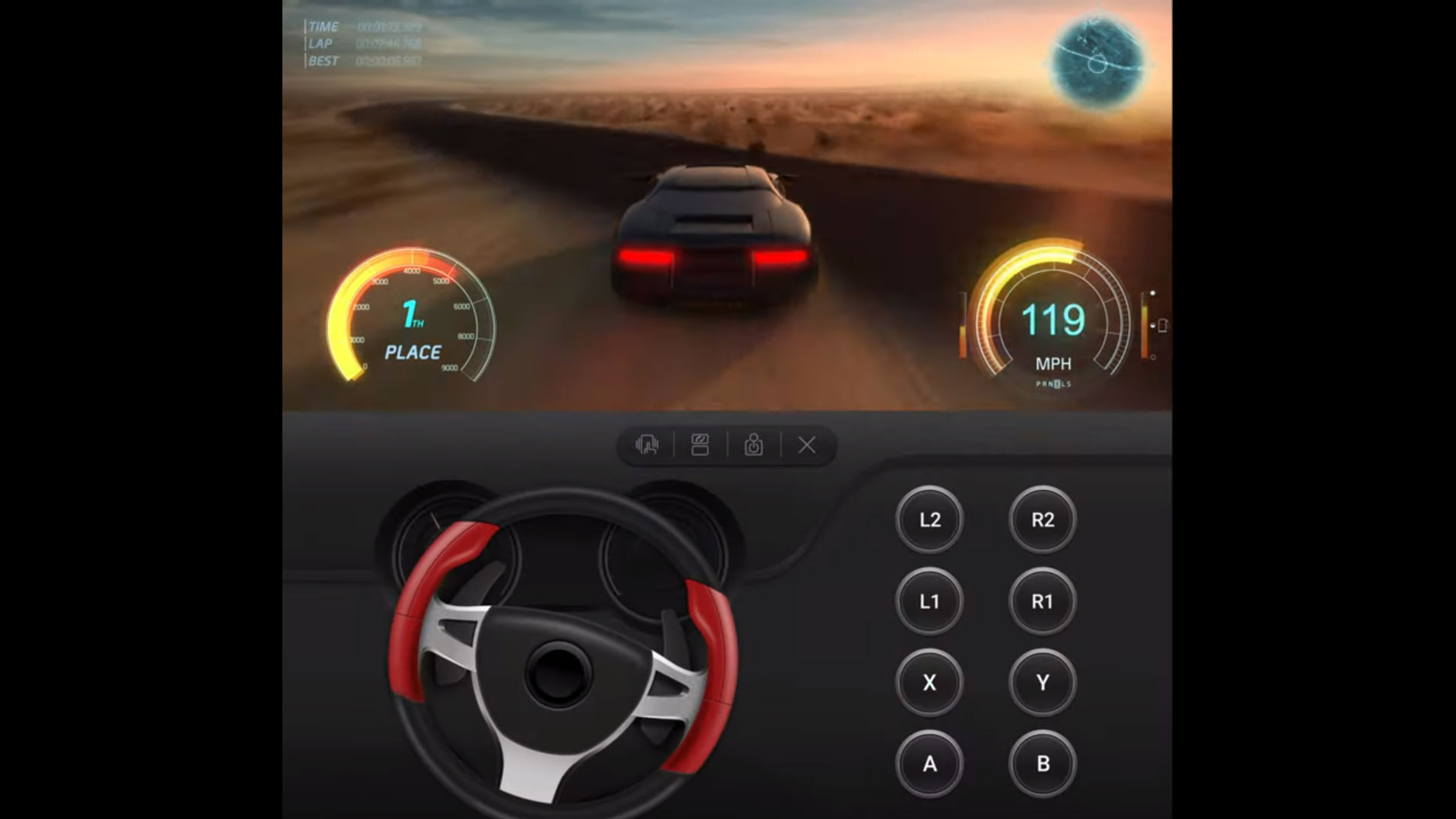First, a quick disclaimer: I'm the world's biggest (read: outside of Korea, possibly only) LG smartphone fan. Or at least that's sometimes how it feels in the world of tech.
While the masses sing the praises of Apple, Samsung and Huawei handsets, I sit quietly fawning over my LG G7 ThinQ, gazing longingly at its modest spec sheet with the "that'll do pig" pride of the farmer from Babe.
But I might have an actual winner on my hands this year: the LG G8X ThinQ, revealed at IFA 2019, might be the best handset for gamers out there. And that's all down to its second screen.
The LG G8X ThinQ follows in the footsteps of the LG V50 ThinQ which was revealed at the start of 2019, by offering an optional second display, and refining the experience as seen on the earlier phone considerably.
Its core specs are impressive, with a 6.4-inch OLED, the flagship Snapdragon 855 chipset, 6GB of RAM, dual rear cameras, a 32MP selfie camera and a 4,000mAh battery. There's even a 3.5mm headphone jack.
But it's the additional uses of the second attachable screen that make it so compelling for gamers.
- Read our hands on: LG G8X ThinQ review
- There are 3 new iPhones: iPhone 11 | iPhone 11 Pro | iPhone 11 Pro Max
- These are the best gaming phones available right now
One screen game, the other screen Game Pad
At its heart, the LG G8X ThinQ is all about multi-tasking. Its detachable second screen can be used to run full screen apps side by side, using the Android Extended Display API. You could have a map on one screen, a video call on the other, or access to your image library on one screen while you edit another picture on the second display.
For gamers though, that second display can become a full-size touchscreen Game Pad. LG has its own 'built in' Game Pad application, that can be used alongside all manner of gaming apps to map onscreen controls from the main screen to the secondary display. From virtual steering wheels to designs that ape retro 16-bit control pads, the LG app lets you swipe through all manner of pad styles.

Select the right pad for you (and your game)
We have beautiful screens on our phones, perfectly suited for gaming on the go – but no-one asked you to rub your thumbs against the original Game Boy's screen did they? It's still the advantage that the likes of the Nintendo Switch or PS Vita have over mobile gaming, physical controls well away from their displays.
Now, LG's Game Pad, which flips down onto the display in a way that makes it have a form factor similar to a Nintendo DS, doesn't have the tactility that physical buttons do. But, compared to other phones, it does have the advantage of removing the need to obscure the fullscreen gaming experience.
Compared to dedicated gaming devices, its multiple pad layouts and key customization make it much easier to personalize to your playstyle – itself a boon for those who require accessibility controls in order to play.

Game controls appear on the bottom screen, leaving the top screen clear for the game itself
A thoughtful addition
As for the phone itself, it may not boast gamer-centric refresh rates or resolutions that devices like the Razer Phone 2 offered, but for the average player, that won’t matter.
The specs here are more than good enough to play any mobile title you’d throw at it and, unlike 'gaming phones' that really only lean on their super-powered internals in an attempt to fulfill that gaming-focused claim, the dedicated Game Pad screen is a genuinely-useful additional feature feature that regular smart phones can't lay claim to.
With games increasingly becoming graphical showcases, and competitive play on mobile booming thanks to the likes of PUBG and Fortnite, the fewer distractions between us and the action, the better.
It may not be perfect, but LG's efforts are a damn sight more enticing than anything else anyone is trying.